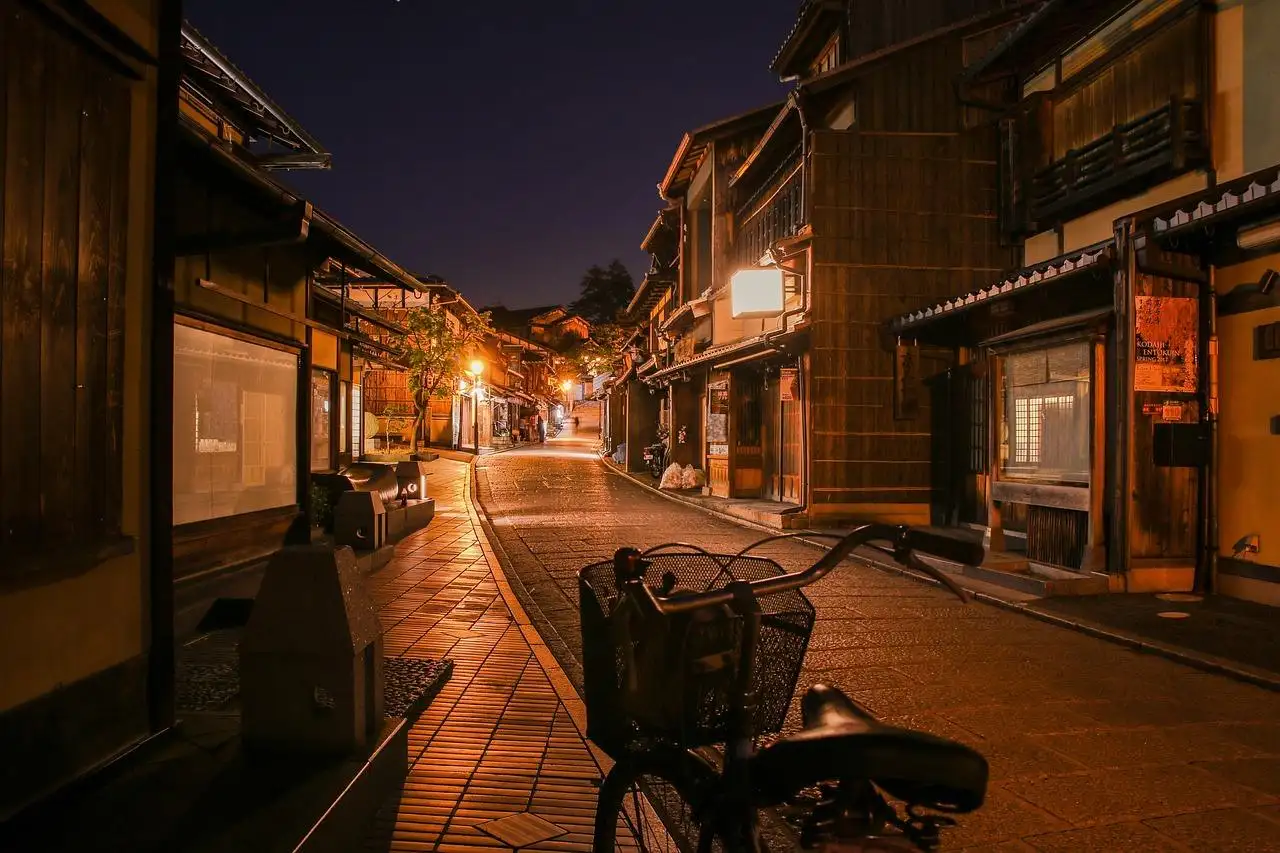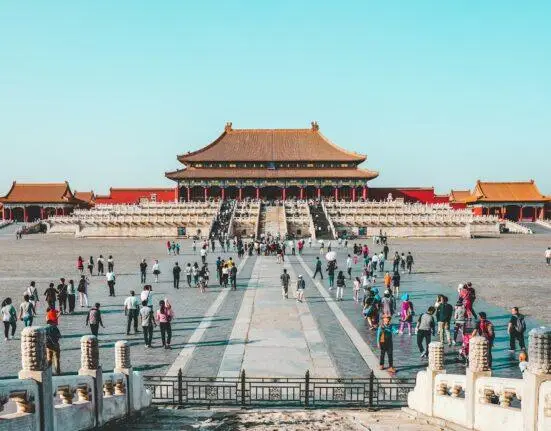Summary. Japan has a unique cultural history, stunning natural beauty, and a myriad of attractions. To make the most of your visit, it’s worth looking into the different seasons and climates of the four main islands. Springtime (between March and May) is the best time for mild temperatures, while winter (November-March) is a great time for snow sports. Summers in Japan can be hot and humid, but it’s the perfect time to enjoy the many summer festivals.
Are you wondering what the best time to go to Japan is? If so, then welcome to the right place! Japan is one of the world’s most fascinating destinations, boasting a unique cultural history, stunning natural beauty, and a myriad of attractions that you won’t find anywhere else on earth. But, just like many other countries, Japan has its own unique climate, which can make planning your trip a bit tricky.
To make the most of your visit, it’s worth looking into the different seasons and climates of Japan’s four main islands – Honshu, Hokkaido, Shikoku, and Kyushu – to best determine which period of the year is best suited to your travel needs. Let’s take a look! For travelers looking for mild temperatures, Springtime (between March and May) is often considered the best time to visit Japan, as this is when you’ll find the most comfortable temperatures, blooming cherry blossoms, and lots of outdoor events and festivals.
If you’re interested in snow sports, the winter season (November-March) is a great time to visit, as the levels of snow are quite high in the country’s more mountainous areas. Summers in Japan can be hot and humid; so, if you’re looking to explore some of the country’s more mountainous regions, then the summer months of June-August might be best avoided. However, Japan in the summer is the perfect time to enjoy the many summer festivals, like fireworks, bon-odori dances and street markets, as this is when most of these annual events take place.
Best Time To Go To Japan

A journey to Japan is a once-in-a-lifetime opportunity, therefore it’s crucial to arrange your vacation during the ideal season. What is the ideal time of year to visit Japan? The best time to visit Japan depends depend on your chosen activities and how the many seasons may impact them, so there is no one answer that applies to everyone. For instance, winter is Japan’s busiest ski season, making it the best time to go if skiing is your top priority.
The nation has temperate and pleasant weather at this time of year, with temperatures in the 50s and 60s. In most cities, the days will be warm enough for enjoyable touring, and the evenings will be chilly enough to maintain comfort. Cities like Tokyo, Osaka, and Kyoto, which seldom see temperatures below 40 degrees Fahrenheit, are excellent travel destinations all year round if you prefer warmer weather in the winter.
In southern Japan, the cherry blossom season typically starts in late March and lasts until early May, while the ideal time to see the foliage is from late September to early December. Whenever you decide to go to Japan, there are a ton of interesting attractions to see and things to do. No matter the season, there is something to see and do, whether you want to visit the spiritual sites of Kyoto, indulge in some retail therapy in Tokyo, or relax in the sun in Okinawa.
Worst Season To Visit Japan
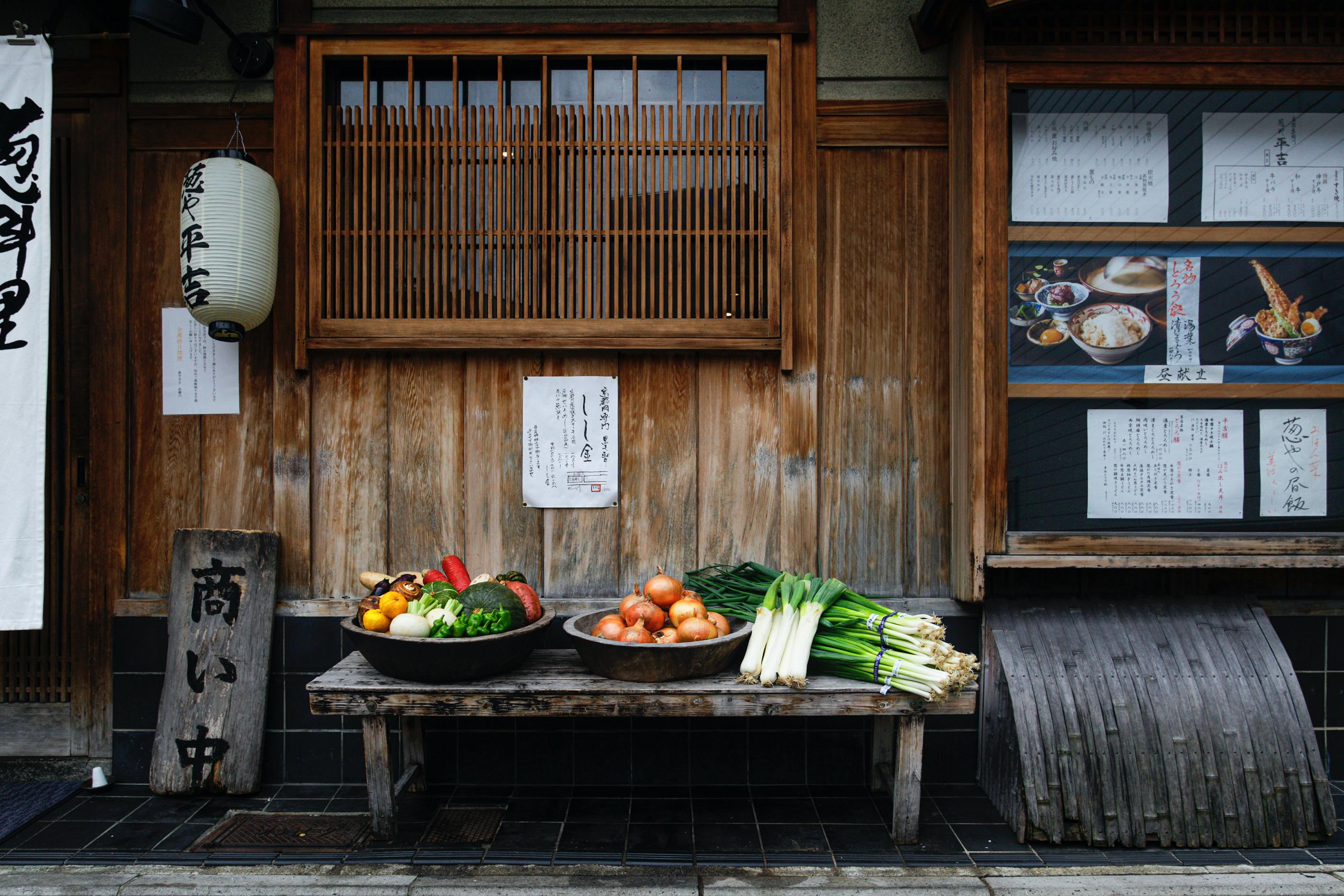
It is vital to consider the time of year you go since Japan is recognized for its many seasons. Unfortunately, tourists should avoid visiting Japan during the rainy season. Although the quantity of rainfall varies by location, the rainy season typically begins in June and lasts through the end of July. Since it has been raining a lot, it has been difficult to go sightseeing and other outside activities. There are some bright spots, however.
You can make the most of your vacation by learning when is the best to visit each place. The rainy season, or Tsuyu as it is called locally, is regarded as the worst time of year to visit Japan and is probably not when you want to travel. Typhoons and severe downpour are common at this season, leaving you cooped up indoors if you are unprepared. However, there is a lot to discover and see if you don’t mind the rainy weather and the odd rainstorm.
Autumn is the ideal time to visit if you want to enjoy Japan’s peak travel period without being sopped by rain. During this season, Japan is transformed into a veritable kaleidoscope of color as the warm orange and crimson tones of the changing leaves cover the landscape. With mild temperatures and clear sky, this is the ideal time of year for mountain climbing and trekking.
Cheapest Time To Visit Japan
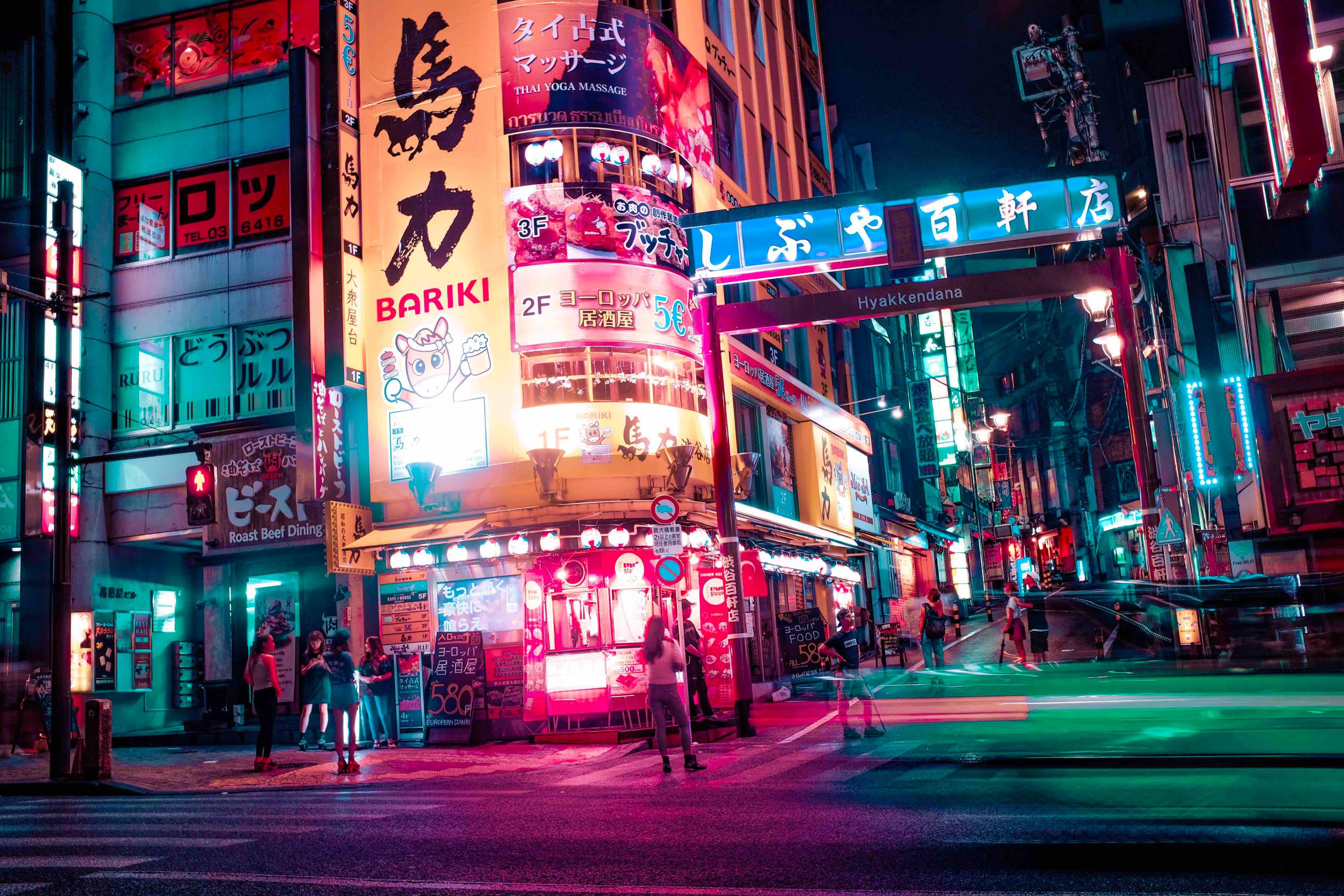
Japan is the Land of the Rising Sun, and a traveler’s paradise destinations with its unique culture, history and food. It has become increasingly popular recently, with many tourists seeking to explore the country of the four-season beauty. The best time to travel to Japan is when the weather is just right- not too hot or too cold. Winter is generally the cheapest time to visit Japan, but spring has the best weather and cherry-blossoms. In winter, the cold air makes it the perfect time to enjoy some of Japan’s winter activities such as skiing and snowboarding in the Japanese Alps or visiting the hot springs (onsen).
The coldest month is often December, with average highs just above freezing and lows in the Hokkaido area as low as -10 degrees Celsius. It might be a really lovely and wonderful time to visit Japan in the winter, but it’s also necessary to be prepared, so be sure to pack warm clothes and accessories. Japan travel is undoubtedly greatest in the spring. The weather is moderate, and this is also the season when cherry blossoms bloom and the greenery is lush and green.
End-of-spring temperatures in certain regions of the nation may reach as high as 25 to 30°C. You can tour forts and temples without getting cold thanks to the pleasant weather, which also makes it the perfect season for outdoor sports like bicycling or trekking. The hot and muggy summer months of June through August may drive up hotel and lodging costs as a result of the large influx of visitors. Even yet, these months may be fantastic times to travel since there are so many events to take part in, such as the Gion Matsuri in Kyoto, the Nebuta Festival in Aomori, and the many fireworks festivals that take place all throughout the nation. It is necessary to carefully arrange your trip since the summertime heat and humidity may lead to some really miserable days.
What To know Before Visiting Japan
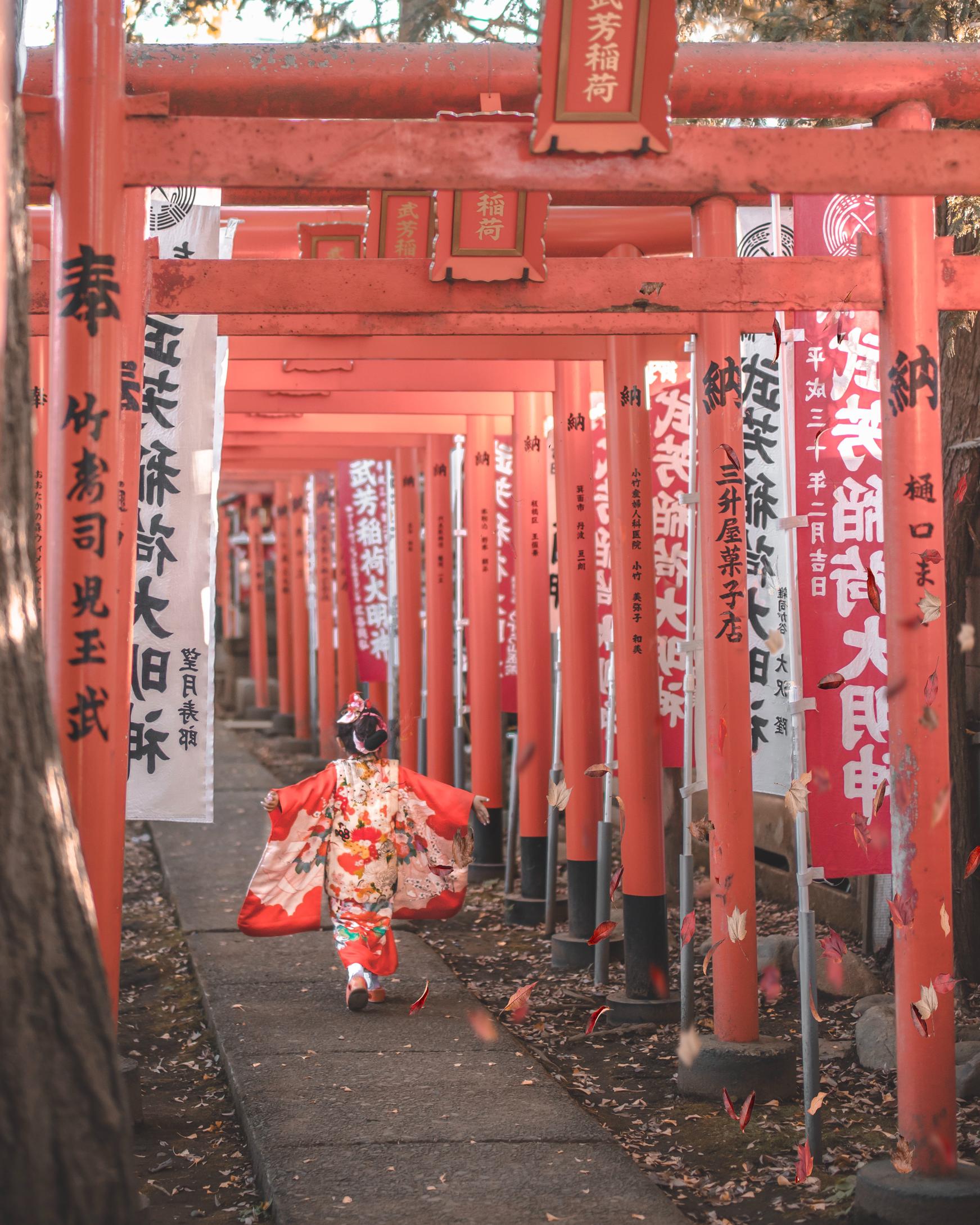
You’ll be pleasantly surprised by the range of seasons Japan has to offer if you’re seeking for the best time to visit and experience its charms. Japan, a nation rich in heritage, undergoes seasonal change and provides distinct experiences throughout the year. It’s difficult to pinpoint the precise “best time” to go to Japan since the optimum time truly depends on what you want to get out of your trip. You may need to schedule your travel according to the appropriate season if you want to see the amazingly vivid cherry blossoms of spring, the spectacular summer festivals, or the golden colors of the beautiful fall foliage. Visiting throughout the spring (March to May) is perhaps the most popular option.
Enjoy celebrations, enduring customs, and a profusion of vibrant fireworks. Exploring the metropolis and smaller villages is pleasant due to the typically moderate weather. Summer (June through August) A vibrant new world emerges and continues to be alive as the summer months draw near. Locals and tourists alike fill the summer evenings in search of ways to take advantage of the longer and warmer days.
Autumn: (September to November): As summer ends and the weather becomes chilly, a certain beauty manifests itself. the nation is decorated in vivid reds, oranges, and yellows as the leaves change color. Take advantage of the chance to see Japan’s stunning temples, castles, and gardens while the leaves themselves burst into color. In addition, the milder weather makes it much more bearable to visit the countryside and towns without battling crowds.
Mistakes When People Travel To Japan
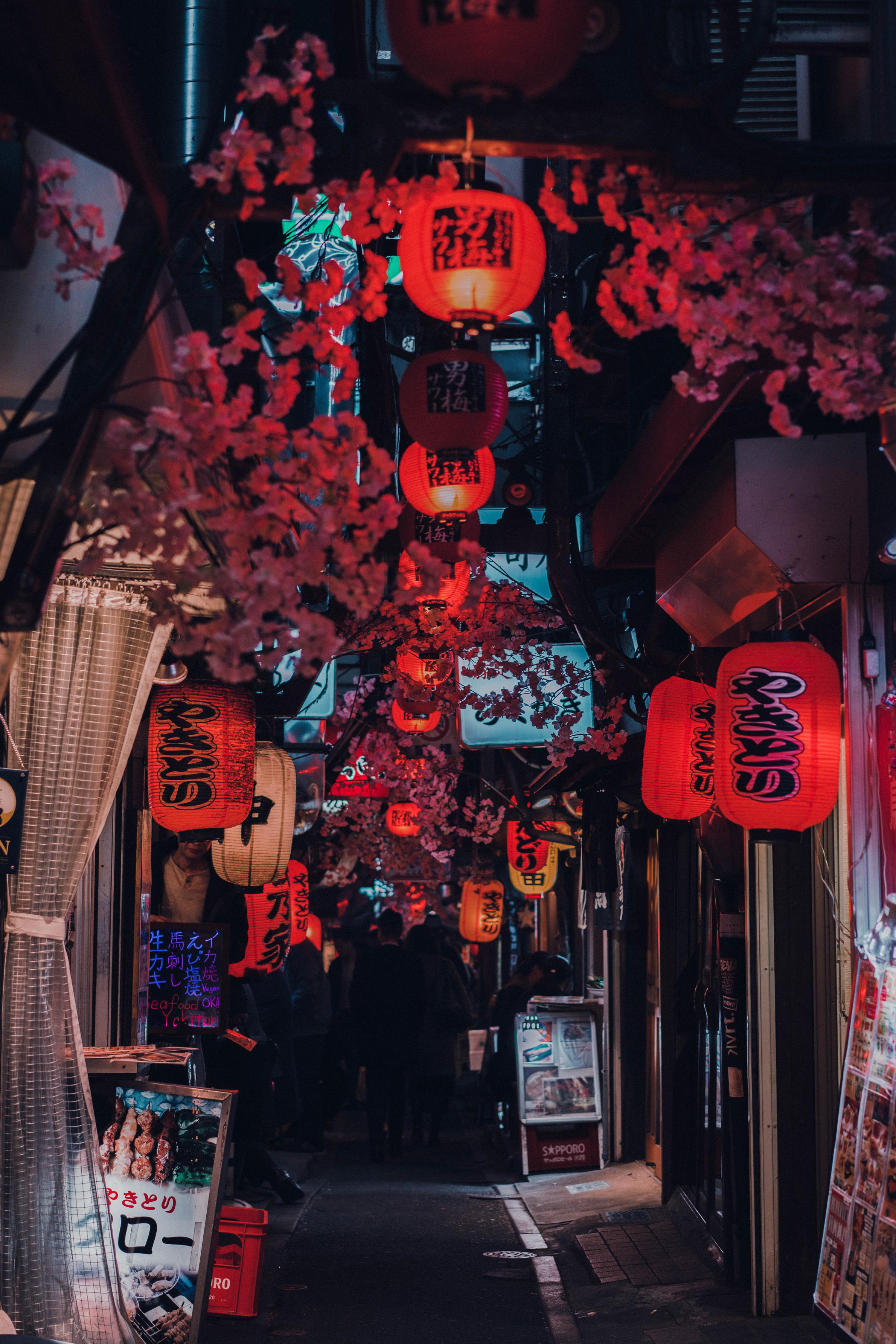
Traveling to Japan is a classic adventure that many envision when they think of visiting the Far East, and often, travelers make some classic mistakes when they visit this fascinating country. The best way to avoid errors and make the most of your trip to Japan is to plan ahead and prepare yourself for a few surprises. One of the most common mistakes that travelers make when visiting Japan is not packing appropriately. Before you go, be sure to check the weather for the current season and prepare accordingly. Take into account the fact that most public buildings and stores in Japan are kept at a much colder temperature than many from other countries are used to.
Prior to your trip, it’s also a good idea to learn about local traditions, comprehend the culture, and practice the language. Learning the fundamentals of Japanese culture and language might help you avoid certain embarrassing situations since Japanese people place a high priority on formal behavior. The people of the nation will warmly welcome you if you just smile at them. When visiting Japan, a common error made by visitors is to disregard the local cuisine and culture.
Make careful to read the contents on packaged food to ensure that you are consuming just what you recognize, and stay away from any substances you are unsure about. Additionally, keep in mind that certain traditions, such as tipping and meal service order, must be followed. Before entering a restaurant or pub, it is essential to explore these practices or inquire with other tourists or residents.
Conclusion
Ah, the wonderful nation of Japan – one of the most popular places in the world. With its diverse scenery, culture, cuisine, and of course its unbeatable hospitality, it’s no wonder why travelers flock to the Land of the Rising Sun. But when should you take your trip? When is the best time to go to Japan? The answer varies, depending on what kind of experience you’re searching for.
Are you looking to escape the heat and humidity of the summer months? Are you hoping to escape the harsh winters of the northern hemisphere? Or maybe you want to take advantage of Japan’s unique cherry blossoms season? Let’s take a look at the different periods of temperate weather Japan offers and figure out the best time to visit. If you’re looking for temperatures that make for a pleasant vacation—neither too hot, nor too cold—spring is the time to go. For most of Japan, April and May are the optimal months.
And of course, it’s in the springtime that you’ll get to experience Japan’s famous cherry blossom season. Do we even need to explain why summer is a great time to visit? With warm days and balmy nights, you could easily spend your time soaking up the sun at a beach resort. However, if you’re more of an adventurer and want to explore more of Japan’s remote areas, early summer is your best bet. Though, beware! It can get extremely hot and humid during the main summer months of July and August.
If you’re looking for the perfect combination of sunny skies and cozy temperatures, fall is the right time to take your trip. Typically, September and October are the best months for a crisp and temperate vacation. During the day, temperatures range from the high 50s F (about 13 to 15 C). But don’t forget to bring a light jacket or cardigan for after-dark as temperatures can drop to the mid 40s F (about 7 to 8 C).
From December to February, temperatures hover around 30 F to 40 F (-3 to 5 C). You can even find ski resorts for those looking for the full wintery experience. Plus, winter is the perfect time for a hot onsen, so don’t forget to book a stay at a local ryokan! While it isn’t always the most ideal weather, spring, summer, fall, and winter all bring something unique and exciting to the table.
Frequently Asked Questions (FAQs):
When should I avoid going to Japan?
It is advisable to avoid going to Japan during the summer months (June to August) due to high humidity, hot temperatures, and the possibility of typhoons. Additionally, Golden Week (late April to early May) and New Year (late December to early January) are peak travel periods with crowded attractions and higher accommodation prices.
Are popular tourist destinations crowded during the best time to go to Japan?
Popular tourist destinations in Japan can experience increased crowds during the best time to go, especially during cherry blossom season and autumn foliage season. It is recommended to plan your visits accordingly and consider visiting lesser-known or off-the-beaten-path destinations.
Are there any specific festivals or events to experience during the best time to go to Japan?
Yes, Japan is known for its vibrant festivals and events throughout the year. Some notable events include hanami (cherry blossom viewing) parties in spring, the Gion Matsuri in Kyoto, and the Sapporo Snow Festival in winter. These events offer a unique cultural experience.
What are some recommended activities during the best time to go to Japan?
During the best time to go to Japan, you can enjoy various activities such as exploring ancient temples and gardens, hiking in scenic landscapes like Mount Fuji or the Japanese Alps, indulging in traditional hot spring baths (onsen), and savoring seasonal delicacies.
Is it necessary to book accommodations in advance during the best time to go to Japan?
It is recommended to book accommodations in advance, especially during the peak travel seasons and popular events. This ensures availability and gives you a wider range of choices, whether you prefer traditional ryokans, modern hotels, or budget-friendly hostels.
Feeling inspired? Check out other articles about Japan:
- How Much Does It Cost To Go To Japan? Journey To The Land Of The Rising Sun
- Best Time To Go To Japan: Decoding The Best Time To Surrender To The Charms Of The Land Of The Rising Sun
- What To Know Before Going To Japan? Navigating Japan’s Wonders
- The Complete Travel Guide To Japan
- Japan: Safe Haven Or Risky Destination
Your Next Adventure Starts Here – Don’t Miss Out!
Everything you need to book, plan, and live your dream trip—right at your fingertips. The best deals and experiences sell out fast, so start exploring now before they’re gone.
Score unbeatable airfare deals with Skyscanner and Expedia. Compare flights worldwide, find hidden discounts, and book in minutes. Lock in your ticket now before prices jump.
Find the perfect place to stay anywhere in the world. Compare prices, read reviews, and book instantly for peace of mind on your travels.
Protect yourself while traveling with comprehensive insurance options. Quick setup, global coverage, and peace of mind wherever you go.
Discover tours, activities, and unforgettable experiences. Book easily online and explore at your own pace.
Get your Revolut card to manage your finances effortlessly while traveling. Instant digital setup, low fees, and worldwide acceptance make spending safe and simple.
Stay connected anywhere with global eSIMs from Airalo. Easy setup and affordable data plans for travelers.
Book local experiences and deals effortlessly with Saily. Save money while discovering unique activities.
Claim compensation for delayed or canceled flights with AirHelp. Quick and hassle-free process for travelers.
Love our content? Support our team in content creation via Buy Me a Coffee. Every contribution helps us deliver better guides, tips, and travel inspiration.

